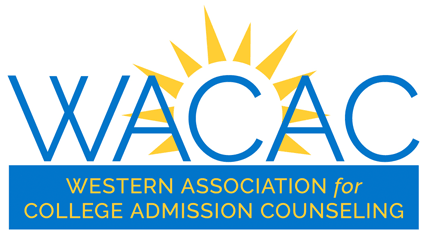I know campus tours can be a great tool for access. Every year more students than I can count write about the moment they arrived at a college campus and suddenly realized that they had found the place for them. Even for students that never really get that feeling, tours can be helpful in informing them about services, programs, and resources that ultimately guide their college search. What’s interesting to me is that despite the fact that most admission professionals would agree with the statements above, many of them will also cringe at the mention of “group tours.”
I value the time and energy that my colleagues from the other side of the desk and community-based organizations put into arranging opportunities that allow groups of students to visit colleges campuses. I’m certain all of my admission peers do as well. Yet still, there is often this negative energy that hovers around the idea of scheduling group tours. I’ve always been curious why the logistics around group tours seem so overwhelming when regularly scheduled campus tours are, for the most part, pretty straight forward. I’ve also wondered if there are ways that colleges can make the process easier for folks on the other side, and vice versa.
Over my years as campus tour coordinator for my institution, I often chatted with colleagues about the way they handled group tours and the difficulties they encountered in doing so. Their biggest frustration often involved lack of notice from the person organizing the tour (groups that show up unannounced or that register incorrectly make it difficult for the admission office to coordinate an appropriate number of guides). Other comments included students in group tours being particularly inattentive (tour guides often report that many students spend the majority of the tour on their cellphones, especially when the student to chaperone ratio is too large), and students being too focused on their questionnaire assignments (prioritizing numbers and facts that are usually available on the institution’s website over listening to what tour guides are trying to share with them).
I have to admit I haven’t had as many opportunities to chat with high school and CBO folks about their frustrations, but some of what I’ve heard includes lack of online information, confusing registration systems, lack of printed self-guided tour materials, and colleges’ inability to accommodate large groups of students or alternate schedules (which are often necessary when dealing with bus travel). And then, of course, there are bigger issues, like the ones highlighted in the April post of DEA Inclusion.
Overall, the feedback I’ve gathered shows that there is a lot of room to make improvements when it comes to group tours. I know first-hand that this can be difficult, particularly when you are limited by factors beyond your control.
I work at a small, private institution. While our office is very privileged in some respects, we are also faced with some serious logistical limitations. For example, while we have a roster of very committed tour guides that show up for their weekly tour shifts without fail, the way courses are scheduled on our campus make it virtually impossible for guides to pick up additional shifts or accommodate alternate times. Another issue we run into is that a significant portion of our tour takes place within our academic departments. Guest feedback has taught us that our narrow hallways are not compatible with groups of more than twenty-five people. We’ve made exceptions to this rule in the past, and they’ve always backfired. So, to summarize, we are limited to only offering a few group tours a week, during very specific time slots, for a relatively small group of guests. There wasn’t much we could do to change this, but we found other ways to improve our group tour program. Last year, our office made a concerted effort to clarify the group tour policies on our website and worked with our sister colleges (we are part of a consortium of 5 undergraduate and 2 graduate institutions) so organizers could easily learn about group tour opportunities across our consortium. We are also in the process of developing a video tour that should allow groups to experience our campus even if they can’t schedule an official tour.
I know high schools and CBOs have many limitations on their end as well, and yet every year, countless high schools, after-school programs, Upward Bound cohorts, AVID classes, just to name a few, are able to find their way to our campuses. These organizations are often willing to adjust to campus-specific group tour guidelines and are understanding when institutions are unable to accommodate their requests. In the same way that colleges tell visiting organizations what we can and can’t do, those organizations should feel empowered to tell us when our guidelines are not compatible with the resources at their disposal. (We don’t know what we don’t know, and your feedback can help us re-think our approach.)
To close, I just want to re-iterate my appreciation for high school and CBO professionals who year after year take on the (probably not-so-easy) task of scheduling group tours. Admission offices around the country see the value in getting students to campus and understand the impact that tours can have on students and their college process. Thank you for all you do and for helping us connect with your students.

